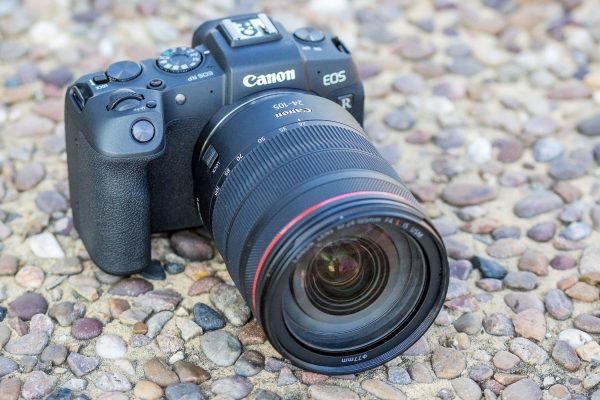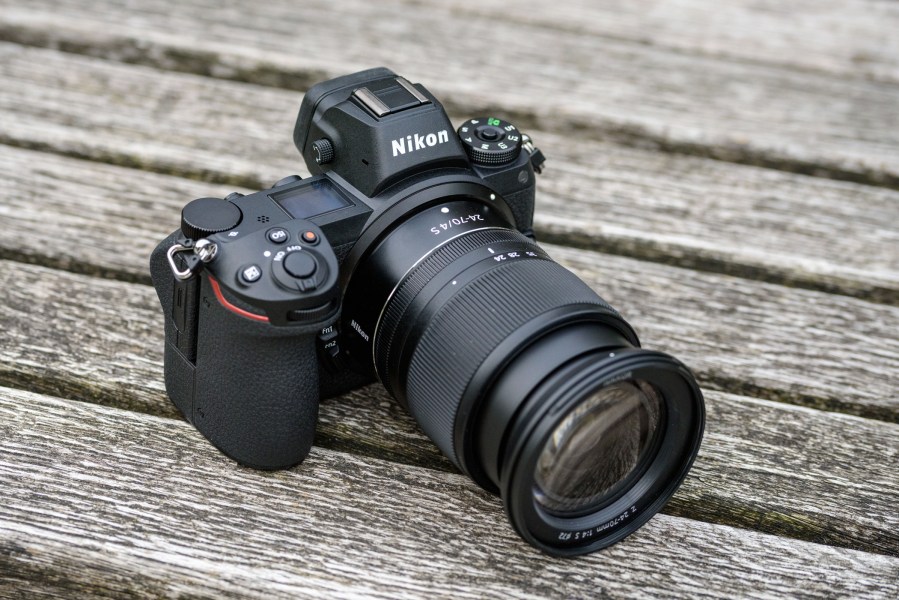While sales of its full-frame mirrorless cameras and lenses appear robust, the company has been hit hard by falling sales of entry to mid-range DSLRs in Asia, particularly in the important Chinese market. “Although efforts will be continuously made to expand the sales of (mirrorless) cameras and Z mount lenses, declining sales of entry/mid DSLR and compact DSC is expected to suppress the overall revenue,” the company said in a presentation on the results.
The threat of ever-advancing smartphones is a headache for all camera makers, including Nikon, but the a new line-up of Z-series cameras are rumoured to be on the way. Shareholder pressure will certainly mean the company won’t be sitting on its hands.

Canon, meanwhile, recently reported that unit sales for the second half of this year had fallen 22% to 1.08 million. “DSLR market contraction” was blamed, alongside the impact of prolonged US/China trade friction and the general economic slowdown in China and Europe. See an insightful story from Japan’s Nikkei news agency here. Again, Canon will be coming under pressure to develop and expand its R and RP series of full-frame mirrorless models.

Bad news comes in threes, and report issued on August 1 by Japanese industry body CIPA (Camera and Imaging Products Association) shows digital camera sales dropped by almost a million in June, which works out as almost half of the number of camera units sold from 2017 to 2019.
How the big makers will respond is not clear; they might try to push more competitively priced full-frame mirrorless models, or focus on profitable, higher-end niches, in an attempt to convince smartphone users or users of older DSLR cameras they need to upgrade. Or might we be seeing fewer and fewer new entry-level or mid-range DSLRs as margins are squeezed to death and they decide research budgets are better spent elsewhere?







